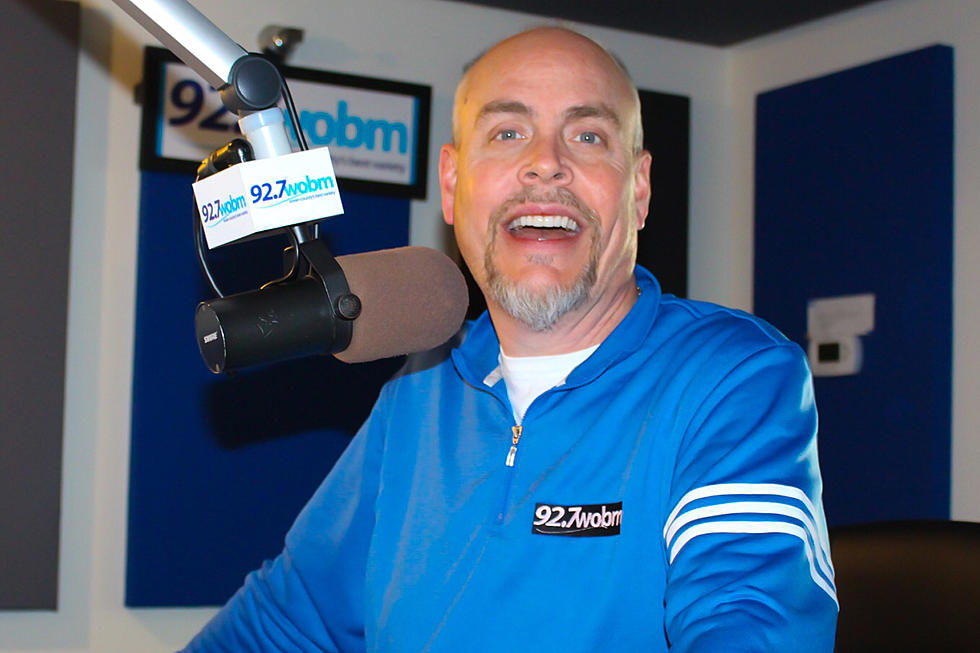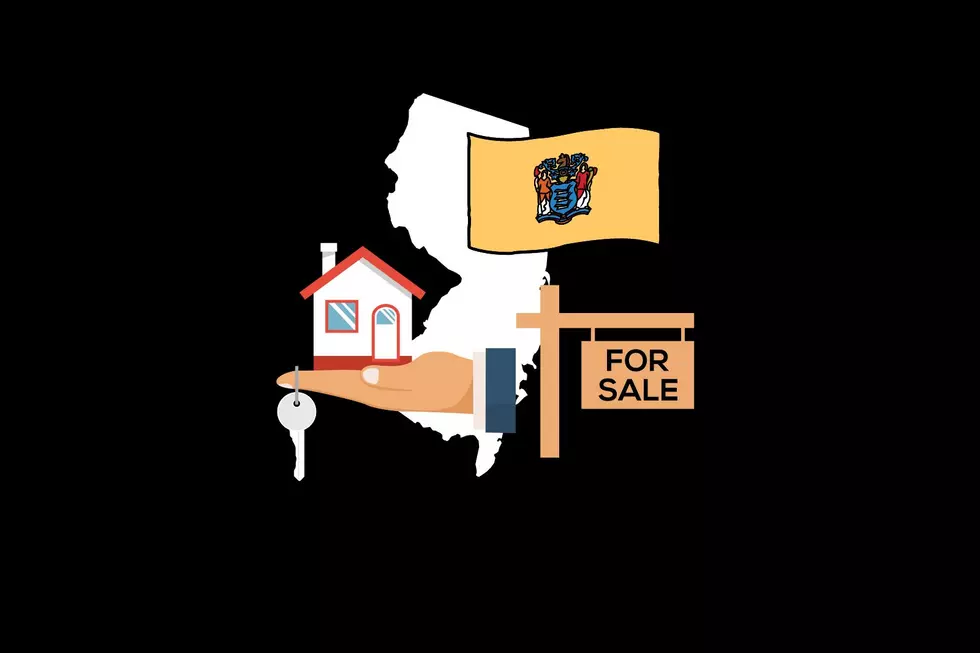
Shawn Michaels’ Tips for Making the Most of Your Tax Refund
Do you have plans for your tax refund yet? Splurging on a big purchase can be exciting, but tax refunds also can provide an opportunity to improve your overall financial health, from paying down debt to establishing new savings habits.
News reports indicate that about 70 percent of taxpayers received a refund last year — on average, around $3,000 — and experts expect to see similar results this year. So, I partnered with my friends at Kearny Bank to give some tips on making that money and the rest of your budget work for you:
1) Evaluate your debt. If you're carrying credit card debt, use your refund to pay off what you can and to make a plan to pay off the rest. Explore whether consolidating your credit card debt to a lower interest rate makes sense for you. Kearny Bank has some excellent online tools to help you.
2) Jump start savings for an emergency fund. Experts suggest having at least 6 months worth of expenses saved in case you lose your job. If that figure seems intimidating, set a goal of two or three months and work up from there. Apps such as BUDGT and Learnvest can help you reach your goals!
3) Jump start retirement savings. In a similar vein, now is a great time to review your retirement savings and shore up your investments. Explore whether using extra money from your tax refund to open an IRA makes sense for you.
4) Evaluate your ongoing monthly expenses. For example, think about how many channels do you actually watch. Drop your cable or satellite package and select a streaming service such as Amazon Prime, Hulu, or Netflix. Streaming services can start as little as $7.99 a month. That is a big difference from most cable or satellite packages.
5) Get serious about spring cleaning! As you come across clothes and household items you no longer need, sell them on Facebook’s Marketplace or Poshmark to make a little cash for your savings accounts.
6) Create a personal budgeting system. Recording your expenses and spending habits is a great way to see where you need to cut back and put it away for your savings account. Create a spreadsheet to record expenses or use an app like Mint.
7) Pack a lunch. On average, take-out lunch can cost anywhere from $4 to $15. Buying in bulk and using reusable containers to pack your lunch can bring the cost down to $2 for lunch per day, according to HowStuffWorks.com.
8) Make saving a habit. According to the 50/30/20 rule, 20 percent of your earnings should go to savings, 30 percent should go toward discretionary items, and 50 percent should go toward necessities, Forbes states. If putting away 20 percent of your paycheck is too much, start off small. If your job offers direct deposit, set it up to deposit a small portion of your paycheck into your savings account. This way you don’t even have to think about saving money; it will be done automatically.
9) Plan ahead. Whether you are food shopping or picking up supplies for a party, it is always best to create a shopping list and stick to it. By having a list, you are less likely to be tempted to buy unnecessary items and will be able to stay within your budget.
10) Try the fiscal fast every once in a while. For a whole week, don’t spend money. Prep ahead of time by filling up your gas tank and do your necessary food shopping. Take lunch from home and skip your Starbucks fix. Your wallet will thank you.
If you're looking to maximize your savings, check out Kearny Bank's savings accounts and high-yield checking accounts. Right now, their high-yield savings accounts offer 3.05 percent APY, with competitive rates on balances up to $25,000 and ATM fee refunds when account terms are met.
And aside from offering some great account products, Kearny is heavily involved in the community. I love seeing local companies invest in the places and people who support them!
Ready to get started? Click here to learn more about Kearny's personal banking products and to find a branch near you.
More From 92.7 WOBM







